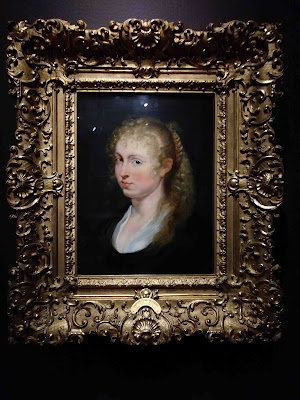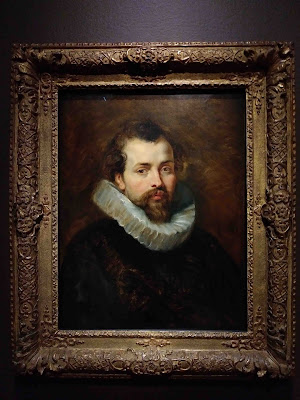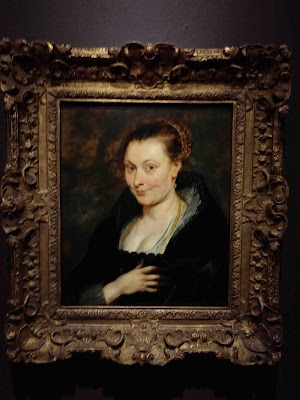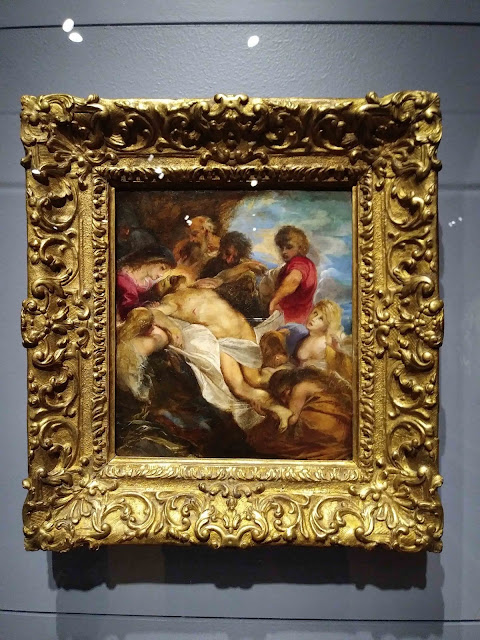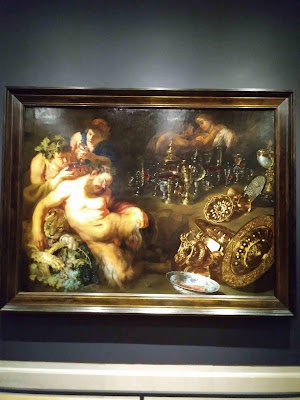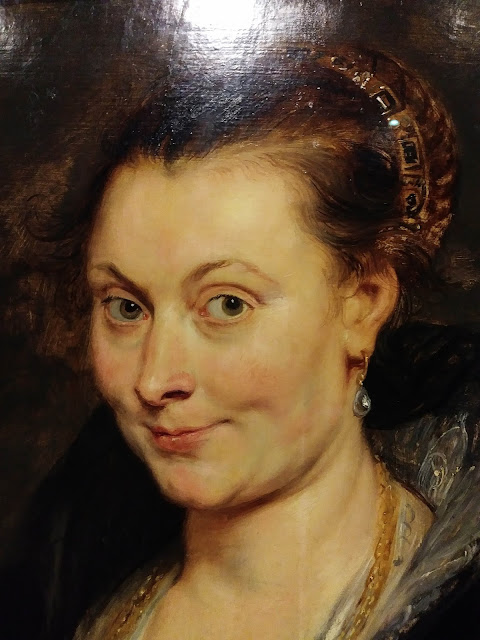Peter Paul Rubens Exhibition Review
Last weekend I visited an extremely interesting, informative, and beautiful exhibition of Yearly Years of Paintings by Peter Paul Rubens.
Rubens (1577–1640) was celebrated for his skillful handling of oil paint; his sensuous coloring; and his taut, action-packed depictions of dramatic narratives. Early Rubens focuses on what is arguably the artist’s most innovative period of production, from 1608 until about 1620. It was during these years that Rubens rose to the highest ranks of European painting. He did so through a series of social and artistic choices that laid the groundwork for his later international fame and established a visual style that would guide ambitious painters for generations to come.
Rubens was not just a remarkable artist but also an international diplomat, businessman, intellectual, friend to scholars and monarchs, and master of a productive workshop. His early biographers branded Rubens as an aristocrat-artist, the favorite of Europe’s nobles, but his ultimate success was far from an assured outcome. Observe Rubens’s meteoric rise to master of the Northern Baroque.
Rubens’s Italian Years
After an eight-year sojourn in Italy, Rubens returned to Antwerp in 1608 to attend to his dying mother, and it was far from certain that he would remain long in his hometown. As he wrote to a friend, even the following spring he had not yet decided whether “to remain in my country or to return forever to Rome, where I am invited on the most favorable terms.” Italy was transformative for Rubens, both in terms of his artistic skills and his professional ambitions. While altarpiece commissions helped build Rubens’s reputation as a painter capable of communicating religious piety in large, public works, his skill in smaller cabinet pictures—especially scenes of ancient history or mythology—simultaneously broadened his appeal among individual connoisseurs. Our exhibition will open with a small but broadly representative group of works from Rubens’s Italian years that provide context for his later artistic triumphs.
These early experiences informed the social and intellectual circles that Rubens sought to join once he determined to settle in Antwerp. Through a selection of portraits—some commissioned, others intimate portrayals of close friends and family members—the exhibition addresses how Rubens sought to establish himself as a “gentleman painter” and how he acquired increased social and professional footing through his relationships with Antwerp’s heady mix of humanists, merchants, and religious thinkers. For instance, the Fine Arts Museums’ paintings of silk merchant Rogier Clarisse and his wife, Sara Breyel, represent a single commission around 1611, yet these portraits also testify to a widening network of relationships that touched the humanist Jan Woverius and the Dominican church of St. Paul’s and provided Rubens professional and intellectual activity for years to come.
The details of each portrait and still life are amazing:
Prints and Drawings
During the 1610s, Rubens began to consider how best to publish his pictorial inventions through the mediation of reproductive engravers. Although earlier attempts had been made to reproduce his paintings, it was around 1619 that he began to cultivate relationships with specific engravers he felt could best translate his compositions to print. With major examples from the British Museum and Rijksmuseum, the exhibition will present the varied array of printmaking projects in which Rubens collaborated.
The exhibition culminates with a selection of Rubens’s large gallery pictures, works frequently scaled to compete with tapestry or fresco painting. Mural-sized works such as the National Gallery of Art’s Daniel in the Lions’ Den will be joined by other large, life-size scenes to create an immersive viewing experience. These were the paintings that fired Rubens’s international reputation as they began to enter the collections of aristocrats and royal advisors during the 1610s. This important final gallery will permit visitors to appreciate the size of Rubens’s ambition while also understanding the role his vibrant workshop played in his international success.
Live To Create!

